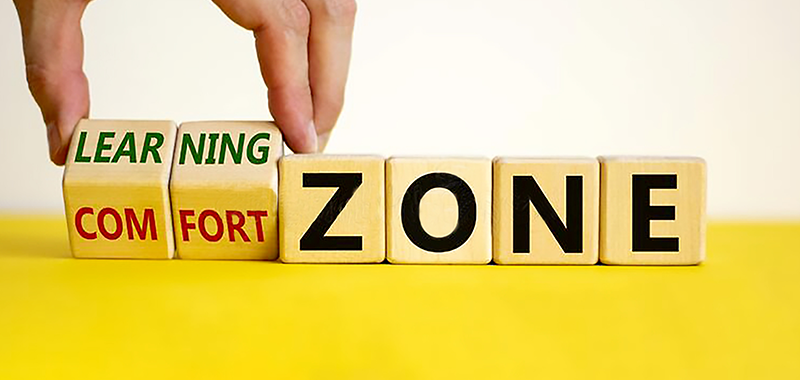
We all perform as, human beings, actions we believe are good practices. We brush our teeth before going to bed and we try to sleep the recommended number of hours whenever possible. Both actions have been reported to reinforce our sense of well- being. In simulation, there are also strategies and actions that could be considered good practices because they enhance the learning process trough simulation. One of the main goals of the European project SAFETY is to explore those good practices currently taking place in simulation.
According to the European Union, a good practice encompasses a process or a methodology that represents an effective way of achieving a specific objective, one that has been proven to work well and produce expected results, and it is therefore recommended as a model or as a useful example. In simulation, those good practices may involve human actions such as specific timings, ways of communication and engagement to boost learning and change in an empathic and psychologically safety environment. Those good practices could also embody the use of technological devices that amplify and protect the interaction between participants, the scenario, and instructors.
SAFETY+ is currently conducting a desk research on good practices in simulation to have better understanding of simulation practice and exchange experiences across European Countries.
Finally, as discussed previously by Peter Dieckmann et al in the article “each emergency is different and requires different skills”, the same situation applies for simulation. Each prebriefing, scenario and debriefings are unique. However, there must be good practices that allow this uniqueness to happen in safety and effective learning conditions.



